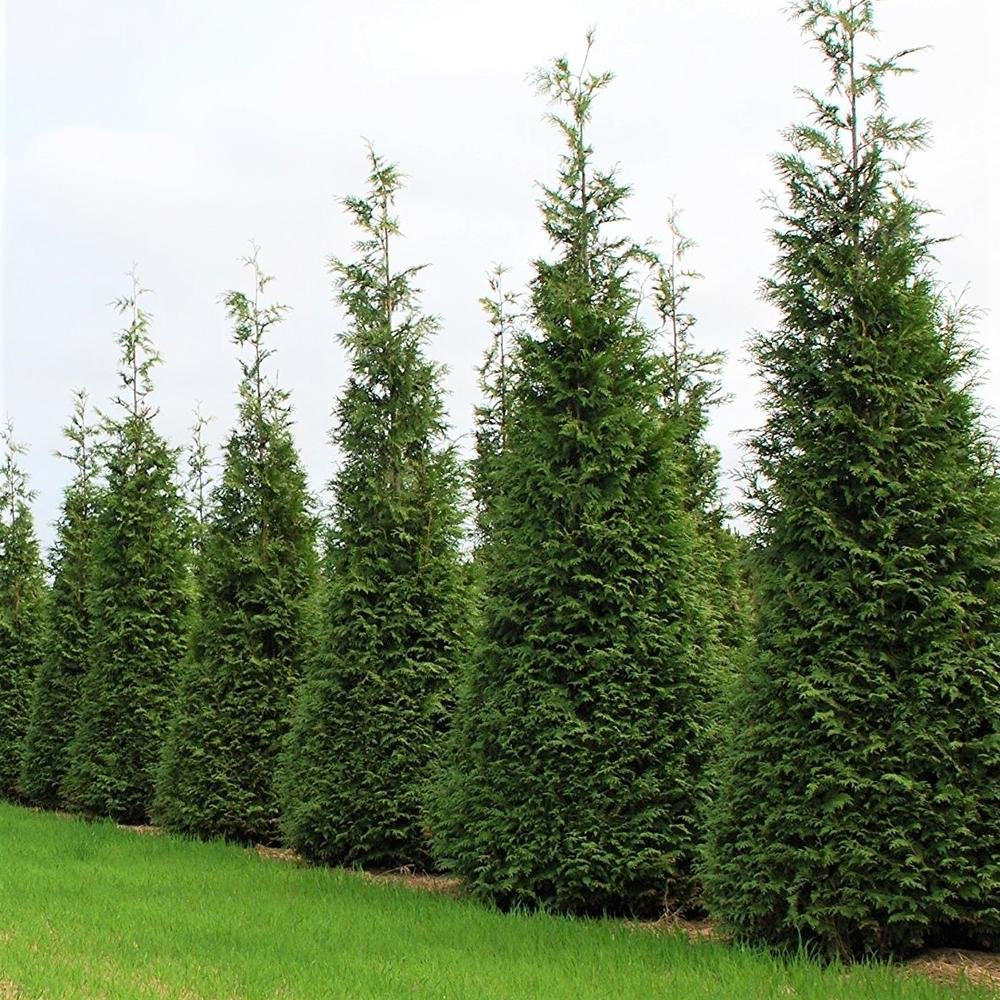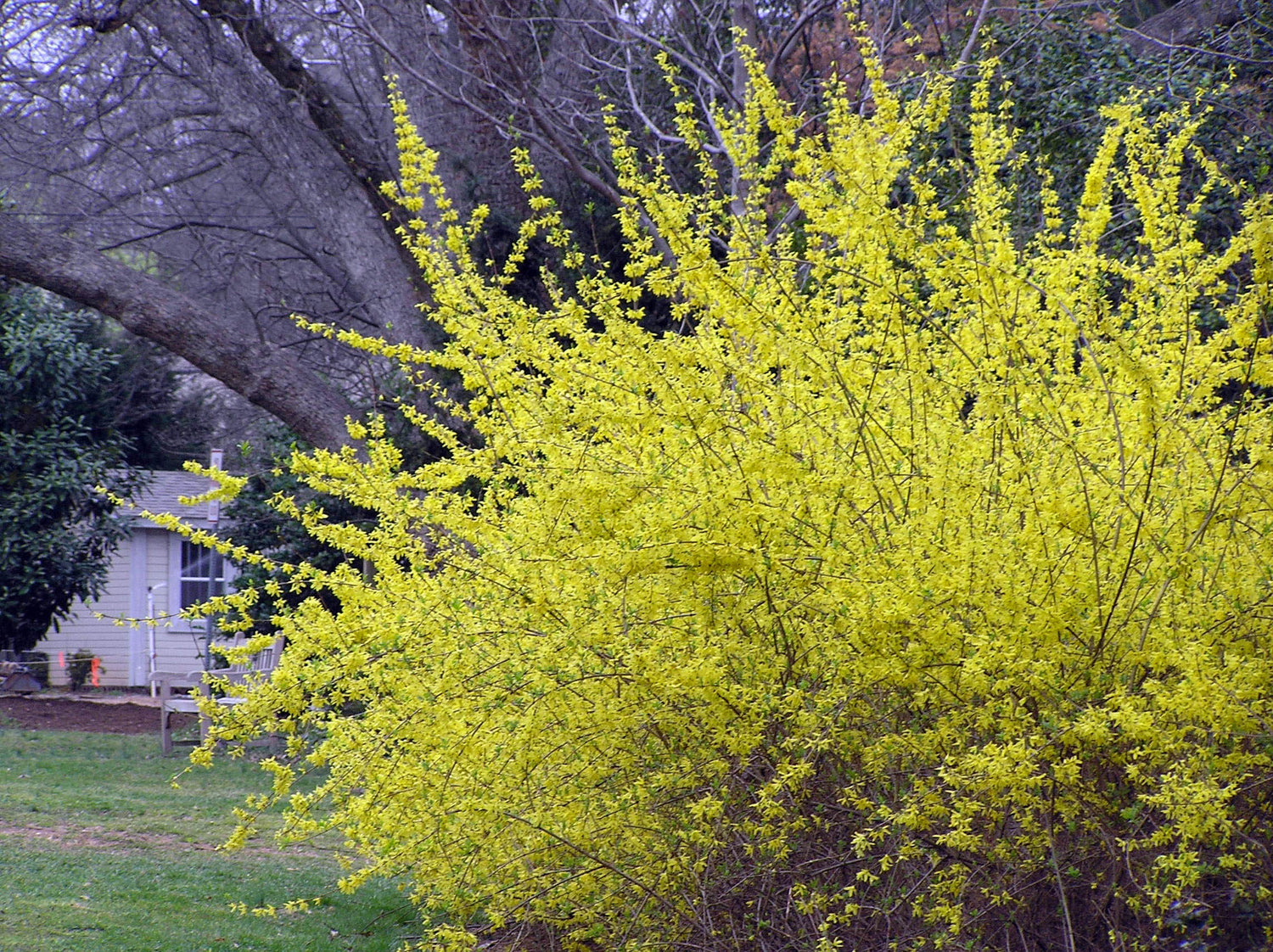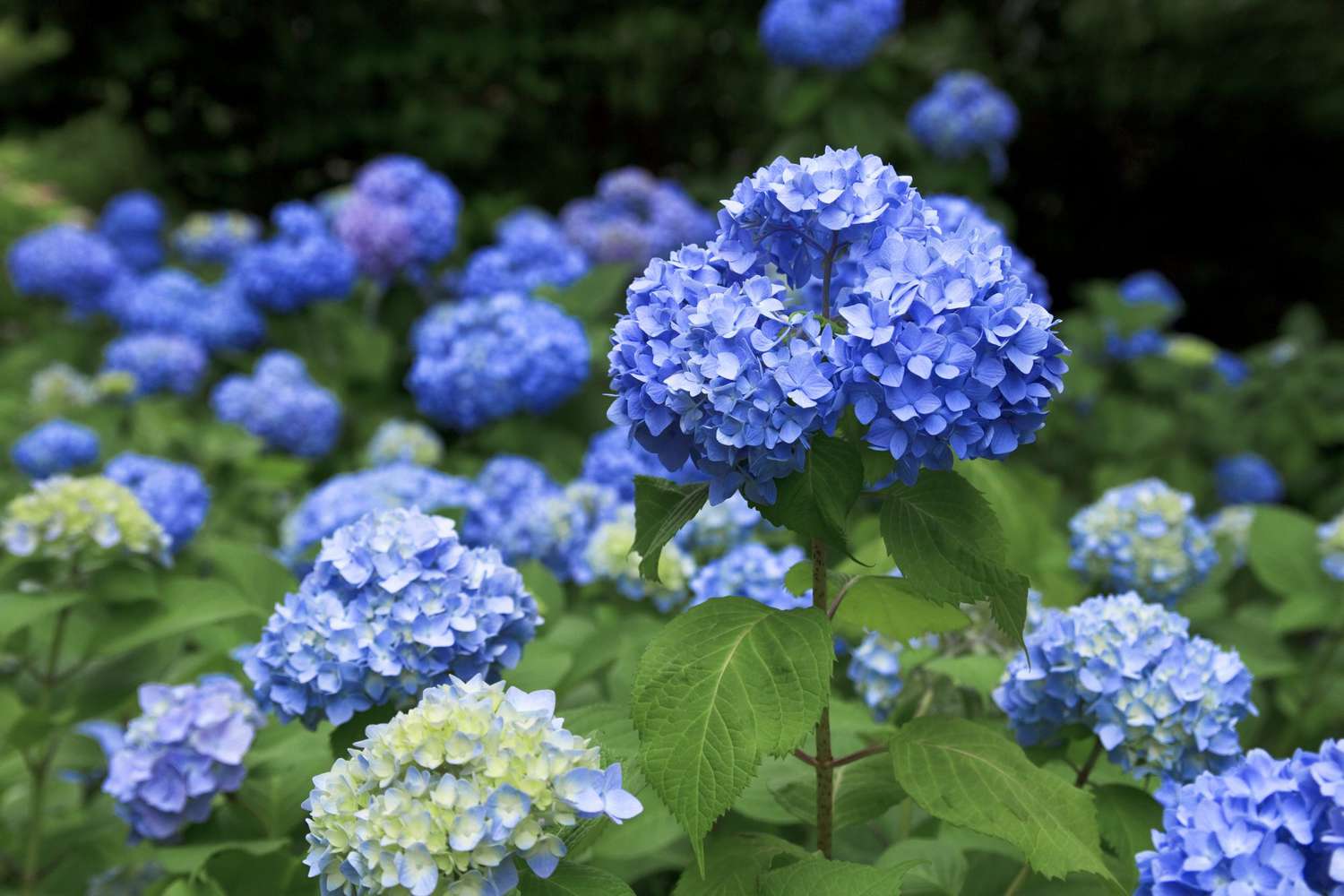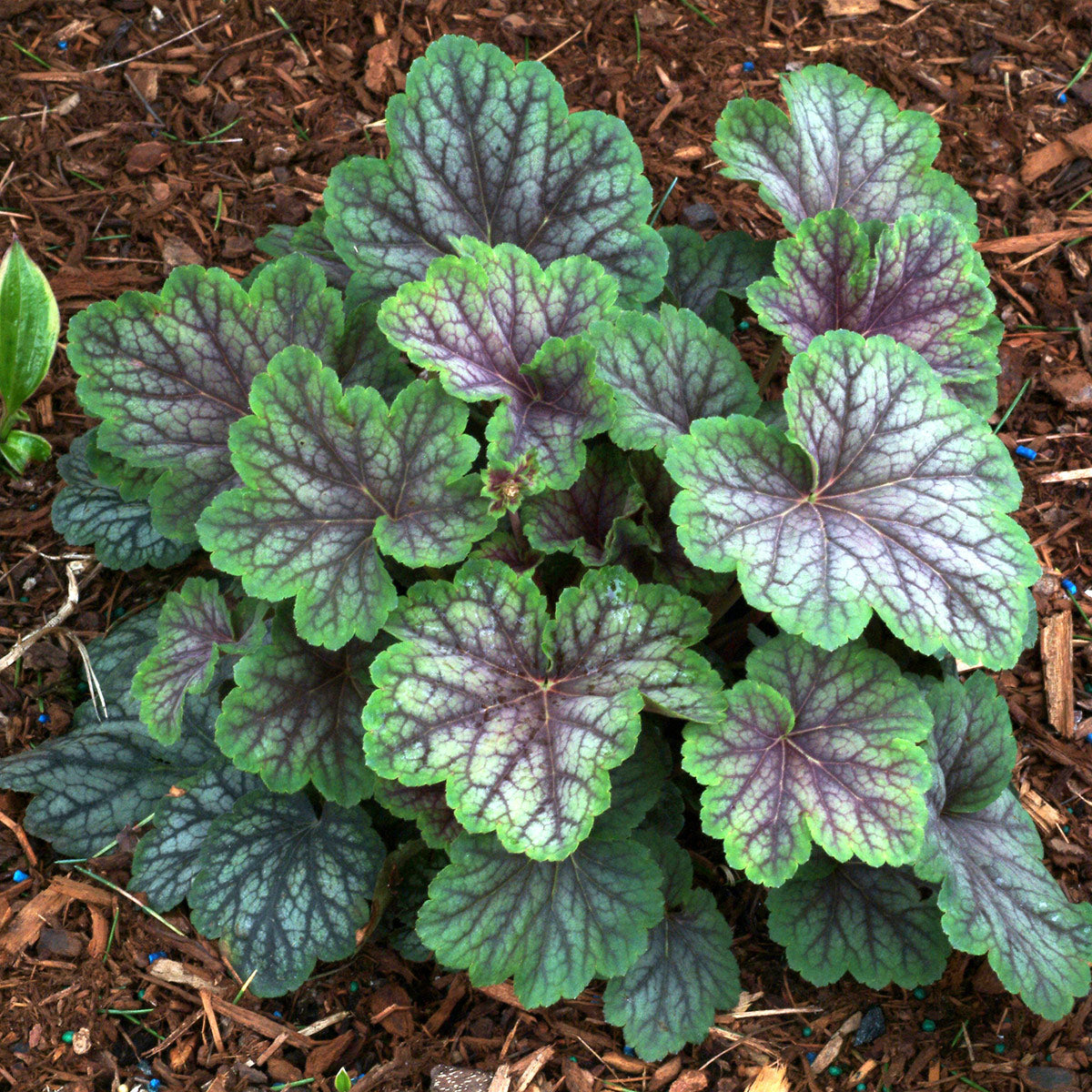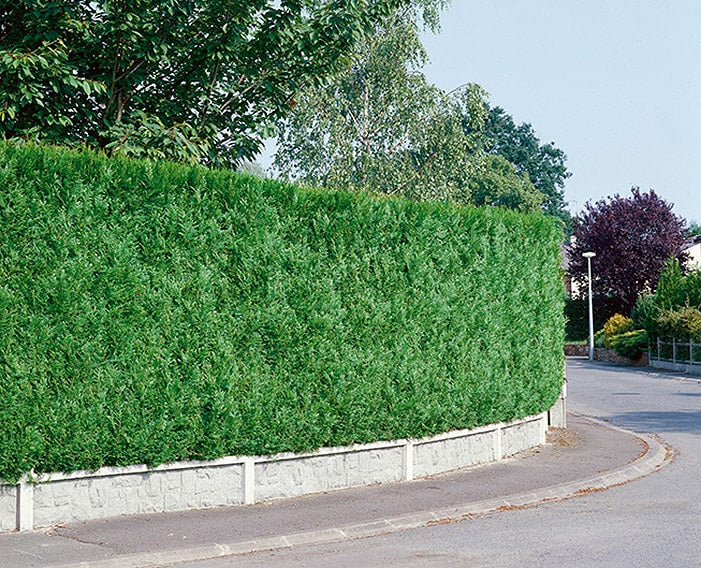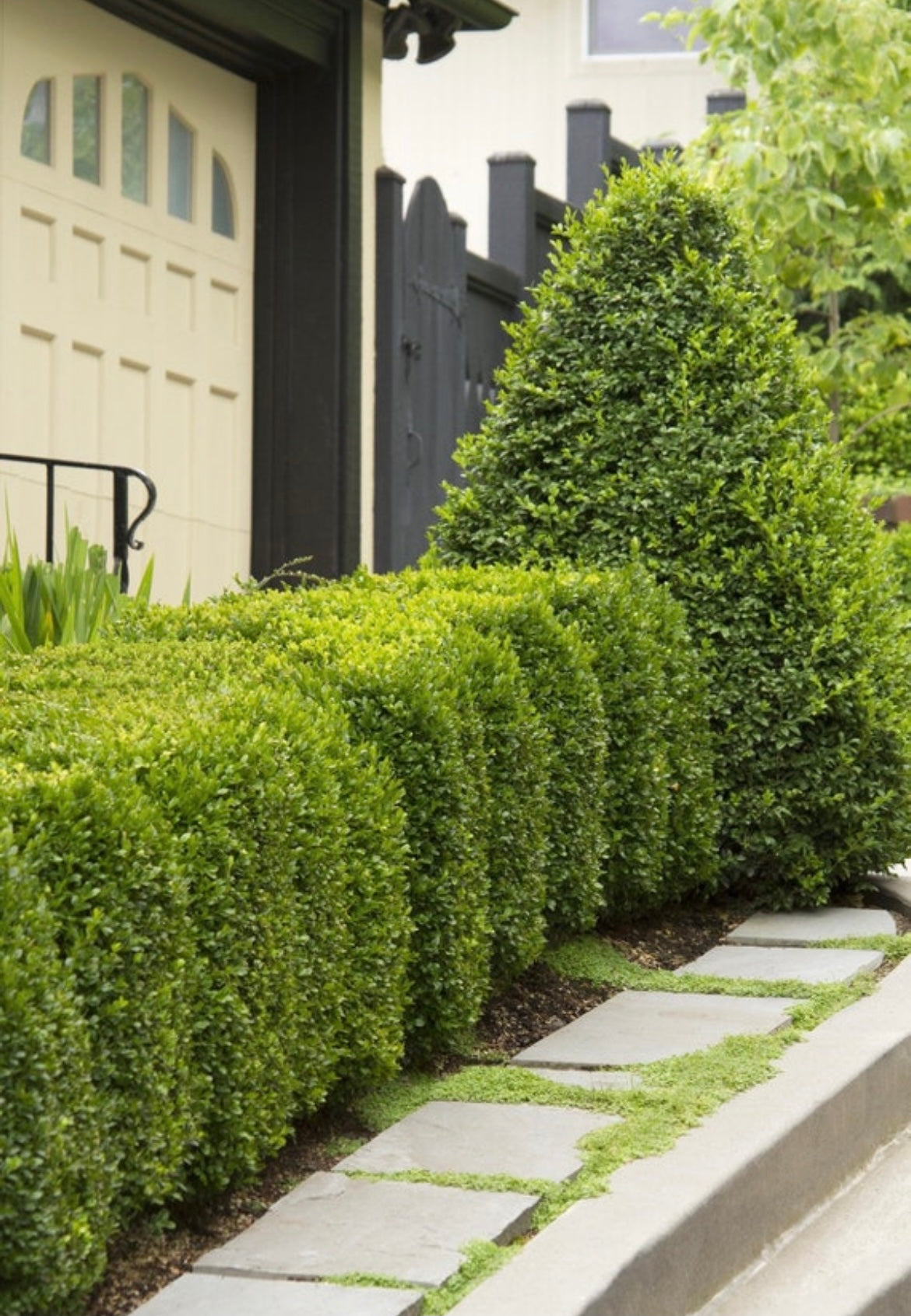Liriope plants, also known as lily turf, are a popular choice among gardeners and landscapers due to their versatility and low-maintenance nature. These evergreen perennials are prized for their dense, grass-like foliage and beautiful, seasonal blooms. Liriope can thrive in a variety of environments, making them an excellent option for ground cover, borders, and decorative accents in gardens.
This comprehensive guide will explore everything you need to know about liriope plants, from their benefits and care requirements to their role in landscape design. Whether you're an experienced gardener or a novice looking to enhance your outdoor space, understanding the ins and outs of liriope will help you make the most of this resilient and attractive plant.

What is Liriope?
Liriope, often referred to as lily turf, is a genus of flowering plants in the Asparagaceae family. Native to East Asia, these hardy perennials are known for their lush, grass-like foliage and vibrant flower spikes. Liriope plants come in two main types: Liriope muscari and Liriope spicata.
Liriope Muscari
Liriope muscari, commonly known as big blue lilyturf, features broad, arching leaves and dense clumps of purple or white flowers that bloom in late summer to early fall. This variety is ideal for ground cover, borders, and mass plantings due to its clump-forming growth habit.
Liriope Spicata
Liriope spicata, or creeping lilyturf, has narrower leaves and spreads via underground runners, making it an excellent choice for erosion control and filling in large areas. Its flowers are typically pale lavender, appearing in mid to late summer.
Both types of liriope are valued for their durability, tolerance to shade, and ability to thrive in various soil conditions. They can be used interchangeably depending on the specific needs of your landscape design, whether you seek a dense ground cover or an attractive border plant.
Understanding these varieties helps gardeners and landscapers make informed decisions when incorporating liriope into their outdoor spaces. For those interested in adding this versatile plant to their garden, Weaver Family Farms Nursery offers a range of versatile live ornamental grasses perfect for stunning landscapes.
Ready to order your own Liriope from us? Click here!
Benefits of Liriope in Your Garden
Liriope, with its robust nature and attractive appearance, offers numerous benefits that make it a valuable addition to any garden or landscape.
Low-Maintenance and Hardy Nature
One of the most appealing aspects of liriope plants is their low-maintenance requirements. They are incredibly hardy, tolerating a wide range of soil types, light conditions, and weather extremes. Whether planted in full sun or partial shade, liriope thrives with minimal care, making it an excellent choice for busy gardeners or those new to gardening.
Evergreen Foliage and Seasonal Blooms
Liriope plants provide year-round interest with their evergreen foliage, which stays vibrant throughout the seasons. In addition to their lush, grass-like leaves, liriope produces beautiful flower spikes in late summer to early fall. These flowers, which range in color from purple to white, add a splash of color and visual interest to the garden during the blooming season.
Uses in Landscape Design
Liriope is incredibly versatile and can be used in various ways within landscape design:
- Ground Cover: Liriope's dense growth habit makes it an ideal ground cover, helping to suppress weeds and reduce soil erosion.
- Borders and Edging: The plant's tidy, clump-forming growth makes it perfect for creating neat borders and edging along pathways or garden beds.
- Mass Plantings: For larger areas, liriope can be planted en masse to create a lush, green carpet that provides visual cohesion and uniformity.
- Accent Plant: Liriope can be used as an accent plant, adding texture and color contrast when mixed with other perennials and shrubs.
To explore the different ways liriope can enhance your garden, check out this versatile live ornamental grass from Weaver Family Farms Nursery.
Incorporating liriope into your garden not only boosts its aesthetic appeal but also provides practical benefits such as low maintenance, year-round greenery, and versatile landscaping uses. Whether you're looking to create a stunning border, fill a large area with greenery, or simply add some seasonal blooms, liriope is an excellent choice.
How to Plant and Grow Liriope
Planting and growing liriope is straightforward, thanks to its hardy nature and adaptability. By following some basic guidelines, you can ensure your liriope thrives and enhances your garden for years to come.
Ideal Soil Conditions and Planting Location
Liriope plants are adaptable and can grow in a variety of soil types, but they prefer well-draining soil rich in organic matter. While they can tolerate both acidic and alkaline soils, slightly acidic conditions are ideal.
Planting Location:
- Sunlight: Liriope can be planted in full sun to partial shade. While they can tolerate full shade, they will produce fewer flowers in such conditions.
- Spacing: For optimal growth, space liriope plants about 12 to 18 inches apart. This allows them room to spread and prevents overcrowding.
Planting Techniques and Spacing
- Prepare the Soil: Start by loosening the soil in the planting area to a depth of about 6-8 inches. Incorporate compost or other organic matter to improve soil fertility and drainage.
- Dig the Holes: Dig holes that are twice the width of the root ball and just as deep. Space the holes 12 to 18 inches apart to accommodate the plant's mature size.
- Planting: Place the liriope in the hole, ensuring the top of the root ball is level with the soil surface. Backfill the hole with soil and gently firm it around the base of the plant.
- Watering: Water the newly planted liriope thoroughly to settle the soil and eliminate air pockets. Keep the soil consistently moist until the plants are established.
Watering and Fertilizing Needs
- Watering: Liriope plants need regular watering, especially during the first growing season. Once established, they are drought-tolerant but will benefit from occasional watering during prolonged dry periods. Aim to keep the soil consistently moist but not waterlogged.
- Fertilizing: Apply a balanced, slow-release fertilizer in early spring to promote healthy growth and vibrant blooms. You can also use compost or organic mulch to provide nutrients and maintain soil moisture.
By following these planting and growing tips, you can ensure your liriope plants establish quickly and thrive in your garden. For additional tips and a selection of other compatible plants, check out the Perennials Collection at Weaver Family Farms Nursery.
Proper planting and care are key to enjoying the full benefits of liriope in your landscape. With the right conditions and a bit of attention, your liriope will reward you with lush foliage and beautiful blooms year after year.
Caring for Liriope Plants
Liriope plants are known for their low-maintenance nature, but proper care ensures they remain healthy, vibrant, and attractive throughout the year. Here are essential tips for pruning, maintenance, pest management, and weed control.
Pruning and Maintenance Tips
Regular pruning and maintenance help keep liriope plants looking their best and encourage new growth.
- Pruning: In late winter or early spring, before new growth begins, cut back the old foliage to about 2-3 inches above the ground. This helps remove any damaged or dead leaves and stimulates fresh, healthy growth.
- Cleaning Up: Remove any debris or fallen leaves around the base of the plants to prevent pests and diseases.
- Dividing: Every 3-4 years, consider dividing your liriope plants to prevent overcrowding and rejuvenate their growth. Dig up the clumps, separate them into smaller sections, and replant them in desired locations.
Dealing with Common Pests and Diseases
While liriope is generally resistant to many pests and diseases, occasional issues can arise.
- Pests: Liriope may occasionally be affected by slugs, snails, and spider mites. Handpick slugs and snails or use natural deterrents. For spider mites, rinse the foliage with a strong stream of water and apply insecticidal soap if necessary.
- Diseases: Leaf spot and crown rot are common diseases that can affect liriope. Ensure proper spacing and air circulation around the plants, avoid overhead watering, and remove any infected foliage to prevent the spread of disease.
Mulching and Weed Control
Mulching and weed control are essential for maintaining the health and appearance of your liriope plants.
- Mulching: Apply a 2-3 inch layer of organic mulch around the base of the plants to retain soil moisture, regulate temperature, and suppress weeds. Be sure to keep the mulch away from the plant stems to prevent rot.
- Weed Control: Regularly inspect the area around your liriope plants for weeds and remove them promptly. Mulching can significantly reduce the occurrence of weeds, but hand-weeding may still be necessary.
For more detailed information on caring for liriope and other plants, visit the Frequently Asked Questions section on the Weaver Family Farms Nursery website.
Proper care and maintenance are vital for keeping your liriope plants healthy and beautiful. By following these guidelines, you can enjoy lush, thriving liriope in your garden with minimal effort, ensuring they remain a standout feature in your landscape.
Propagating Liriope
Propagating liriope plants is a cost-effective and rewarding way to expand your garden. Whether you choose to divide established plants or grow new ones from seeds, propagation is relatively straightforward and ensures a healthy, lush landscape.
Methods of Propagation: Division and Seeding
There are two primary methods for propagating liriope: division and seeding.
-
Division: The most common and effective method, division involves splitting an established liriope clump into smaller sections, each with roots and shoots.
-
Step-by-Step Process:
- Timing: The best time to divide liriope is in early spring or late fall, when the plant is not actively growing.
- Digging Up: Carefully dig up the entire clump, ensuring you don’t damage the roots.
- Separating: Use a sharp knife or spade to divide the clump into smaller sections, each with a good amount of roots and foliage.
- Replanting: Plant the divisions in their new locations at the same depth they were growing before, spacing them 12 to 18 inches apart. Water them well to help establish the roots.
-
Step-by-Step Process:
-
Seeding: Growing liriope from seeds is less common but can be done with patience and care.
-
Step-by-Step Process:
- Collecting Seeds: Gather seeds from mature liriope plants in late fall.
- Preparing Soil: Use a well-draining potting mix and sow the seeds on the surface, lightly covering them with soil.
- Watering and Germination: Keep the soil consistently moist but not waterlogged. Germination can take several weeks to a few months.
- Transplanting: Once seedlings are large enough to handle, transplant them into individual pots or directly into the garden, ensuring they have ample space to grow.
-
Step-by-Step Process:
Liriope is super easy for anyone to grow, you can order yours from our small family farm today, and it will be shipped to your home!
Best Time to Propagate and Plant New Liriope
The timing of propagation is crucial for successful establishment:
- Early Spring: Ideal for division, as the plants will have the entire growing season to establish themselves.
- Late Fall: Another good time for division, provided the plants have enough time to settle before the onset of winter.
By understanding and applying these propagation methods, you can efficiently expand your liriope plantings, enhancing your garden's beauty and coverage.
For those looking to purchase new liriope plants instead of propagating, Weaver Family Farms Nursery offers a variety of perennials that can complement your liriope and create a stunning garden display.
Propagation not only helps fill your garden with more liriope but also ensures that the plants remain vigorous and healthy. Whether you choose division or seeding, these methods are effective ways to enjoy even more of this versatile and attractive plant in your landscape.








